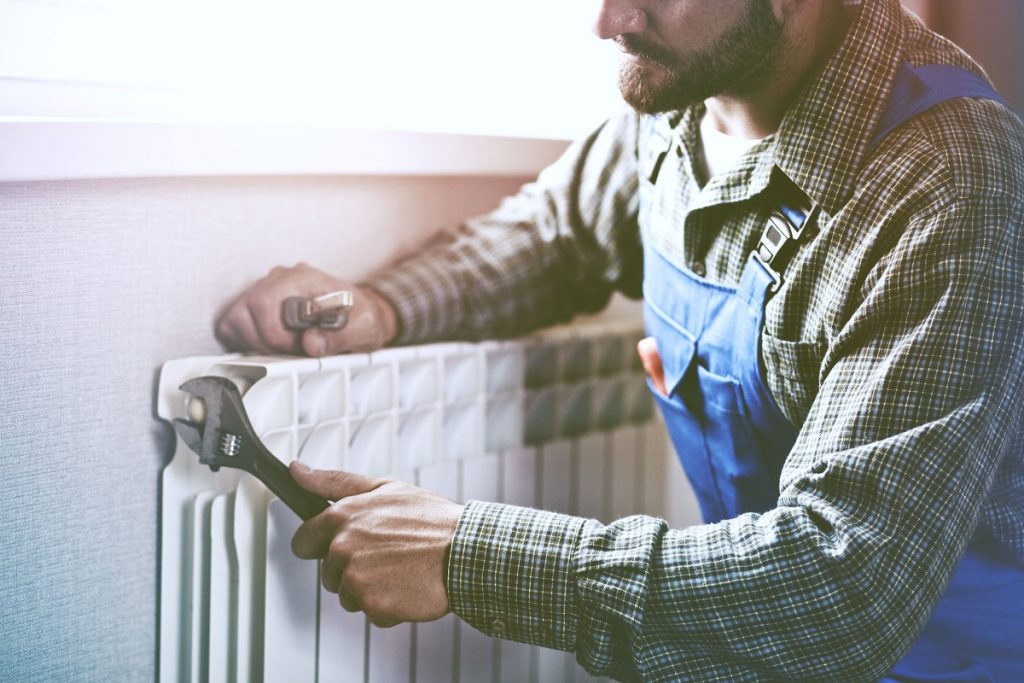- Mold is a fungus that can cause severe health problems; your home is a perfect breeding ground.
- Areas in the home, such as bathrooms, kitchens, basements, and bedrooms, are susceptible to mold growth.
- Reduce humidity levels by using dehumidifiers or air conditioners with proper ventilation.
- Replace wet materials quickly, and fix any water leaks immediately to prevent mold growth.
- Contact a local mold remediation service if unsure how to tackle a potential mold issue.
Mold is a troublesome issue that can cause severe health problems such as respiratory illnesses, allergies, and skin infections. It spreads quickly and grows in humid areas, making our homes the perfect breeding ground. As a homeowner, it’s crucial to be aware of the vulnerable spots in your house that can attract mold spores. Here’s what you need to know about molds, places in your home susceptible to mold, and how to prevent molds from growing.
What is Mold?
Mold is a fungus that grows in multicellular filaments known as hyphae. It is a common and natural part of the environment, crucial in breaking down organic matter. Mold reproduces through spores, tiny, lightweight structures that can travel through the air. When these spores land on a suitable surface with sufficient moisture, they can begin to grow and form new mold colonies.
Mold thrives in environments with high humidity or moisture, making areas such as bathrooms, kitchens, basements, and damp walls susceptible to mold growth. It can also grow on various organic materials like wood, paper, fabric, and food. Here are some places in your home most susceptible to molds:

Bathroom
One of the most vulnerable places in your home to mold infestation is your bathroom, shower, and basin. Showers are always wet and do not dry out quickly, creating an ideal breeding ground for mold. Simply wiping down your shower door and basin after use and leaving your bathroom door open for ventilation can keep the mold at bay. Also, make sure to clean your bathroom regularly with mildew-resistant products.
Kitchen
Your kitchen is another area susceptible to mold growth since cooking releases steam that can increase your home’s humidity levels. Always ventilate your kitchen when cooking by opening windows or turning on exhaust fans. Additionally, wipe down surfaces, such as your countertop and dining table, after use, and use mildew-resistant products to clean spills.
If your kitchen has a severe mold infestation, remodeling might be the only way. Contact a local kitchen remodeling service to help you. The service can check for mold in your kitchen and advise you on the best action plan.
Bedroom
Believe it or not, your bedroom can also be a hotbed for mold growth, especially if you have carpet. Humidity from your body and moisture from sweat can accumulate in carpets, rugs, and bedding. You can prevent this using a dehumidifier, moisture-resistant carpet padding, and frequently washing your bedding.

Basement
The basement is notorious for mold growth due to its damp, dark, and humid atmosphere. Since basements are underground, they’re more susceptible to moisture and flooding, which can create the ideal environment for mold. Regularly check for signs of mold in your basement, such as musty odors, water stains, and the growth of black spots. Keep your basement dry using a dehumidifier, repair any leaks immediately, and redirect rainwater away from your house.
Attic
Lastly, your attic can also be at risk for mold growth, especially if you have a poorly ventilated and insulated attic. Moisture can accumulate in your attic during the winter, and this can cause mold growth in the spring. Ensure your attic has proper air circulation by installing vents and insulation. Clean your attic often and monitor for signs of mold growth carefully.
Making Your Home Resistant Against Mold
There are also some ways you can prevent mold growth in your home. Here are four ways:
Keep Your Home Clean
A clean home is better than a messy one in matters of mold. Clean your home regularly, wipe down surfaces after use, and vacuum carpets, rugs, and furniture to remove dust particles and prevent moisture accumulation.
Reduce Humidity
Molds thrive in humid environments, so low humidity levels can help reduce mold growth chances. Use dehumidifiers or air conditioners to regulate the air quality in your home and keep it cool and dry with proper ventilation.
Replace Wet Materials Quickly
If you notice any wet materials such as carpets, wallpapers, curtains, etc., replace them quickly, as they can be breeding grounds for molds. If these materials cannot be replaced immediately due to budget constraints, ensure they are regularly dried and treated with anti-fungal products.
Fix Leaks Immediately
Lastly, if you notice any water leaks in your home, fix them immediately to prevent mold growth. Water leakage can cause dampness and increase the humidity in your home, so use sealants or waterproofing products to fill gaps and cracks where water may leak in.
Mold is a troublesome problem that can lead to severe health problems if improperly handled. Be aware of vulnerable areas in your home prone to molds and take steps such as cleaning regularly, reducing humidity levels, replacing wet materials quickly, and fixing leaks immediately to keep mold at bay.
If you’re unclear about how to tackle a potential mold issue in your home safely and effectively, contact a local mold remediation service. They will help you identify the problem and advise on preventive measures to keep your home free of molds in the future.

